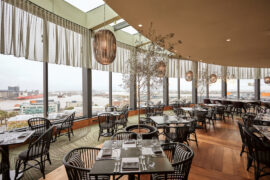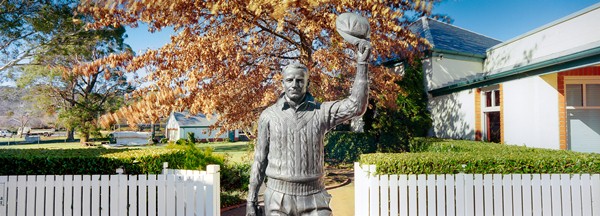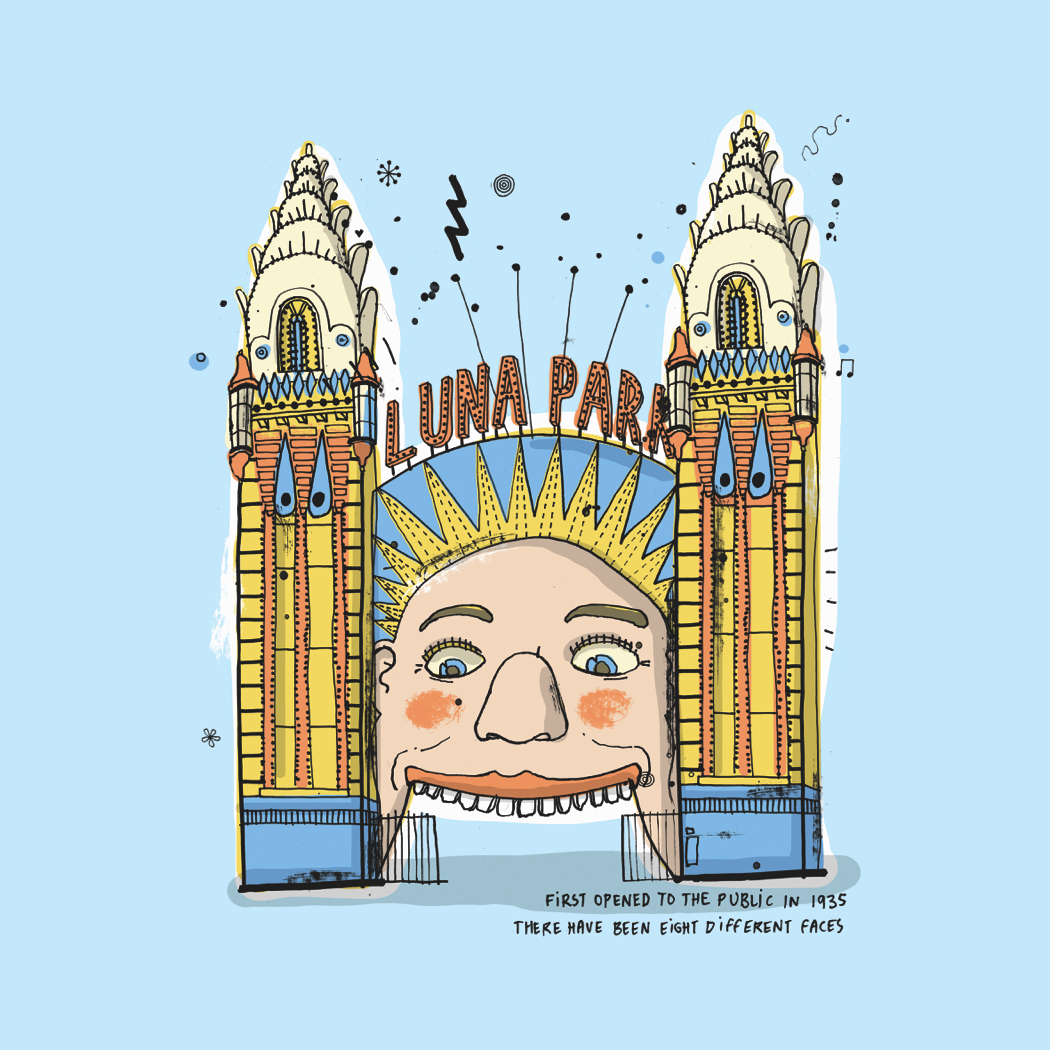
All the Buildings* in Sydney. By James Gulliver Hancock. Published by Hardie Grant Books.
*that I’ve drawn so far
Sydney is a fascinating city, geographically, architecturally and socially. It is a city of layers – indigenous occupation, colonial history, migration, nationhood, arts and philosophy, corruption, building and development – all of which happened without any real concept or plan.
The lack of planning is reflected in the city’s mayhem of narrow winding streets, as is often said, but it is also reflected in the buildings. Those buildings give Sydney its character – not just the landmarks or the iconic structures but the ordinary houses, the commercial and the functional buildings that are characteristic of those many layers.
You may have heard of James Gulliver Hancock from his previous project, All the Buildings in New York, when, after having moved to New York he decided that the way to get to know the city was to draw its buildings. He also produced a book and a blog as part of the project. Fresh from that success he has returned to the city of his birth and started the All the Buildings in Sydney project.
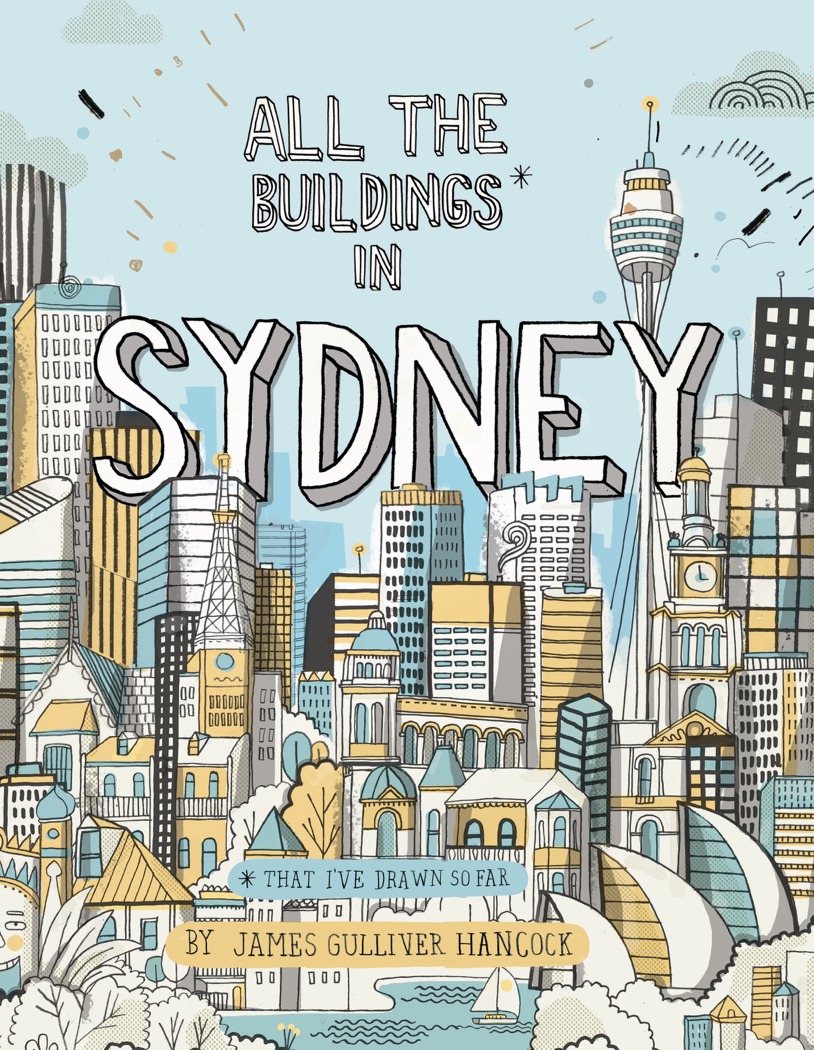
As an artist and illustrator he has a very unique style and although his name may not ring a bell, you’ve probably seen his work before. His style is what makes All the Buildings* in Sydney so appealing. The drawings go back and forward through time and district from the ugly and garish to the ornate and mysterious. They are the buildings that always seemed to be there, the ones that we may remember being built or the ones that we suddenly noticed one day.
For many of us who are natives of Sydney, this book will rekindle an interest in the story of Sydney and a new sense of interest and inquiry in many buildings which may be familiar and had always seemed commonplace – the ones we may have passed every day. I found myself thinking, ‘I’d like to go back and have another look at that building’ and ‘I’d love to know what the story is behind that place’.
Customs House & Circular Quay
Many of the buildings are familiar parts of my childhood and adult life in Sydney but Hancock’s drawings give a perspective to some buildings that I had never realised from the footpath. Many of them I’m very familiar with and visited often. The sight of the old Dental Hospital in Surry Hills still fills me with trepidation but having looked at the New York drawings I think it’s a bit like the Flatiron Building on a smaller scale – giving me a lot less anxious perspective.
Apart from the Introduction, there is very little text in the book. The drawings come with names and locations and for a few there are some brief notes. For example, among the notes on the Harbour Bridge we are told that 16 workers died during its construction. I always think that the Customs House defines Circular Quay and having started my working life in this building it holds a special attraction. So I was intrigued with the notes on this building, which say that “convict David O’Connor was hanged on this site in 1790”.
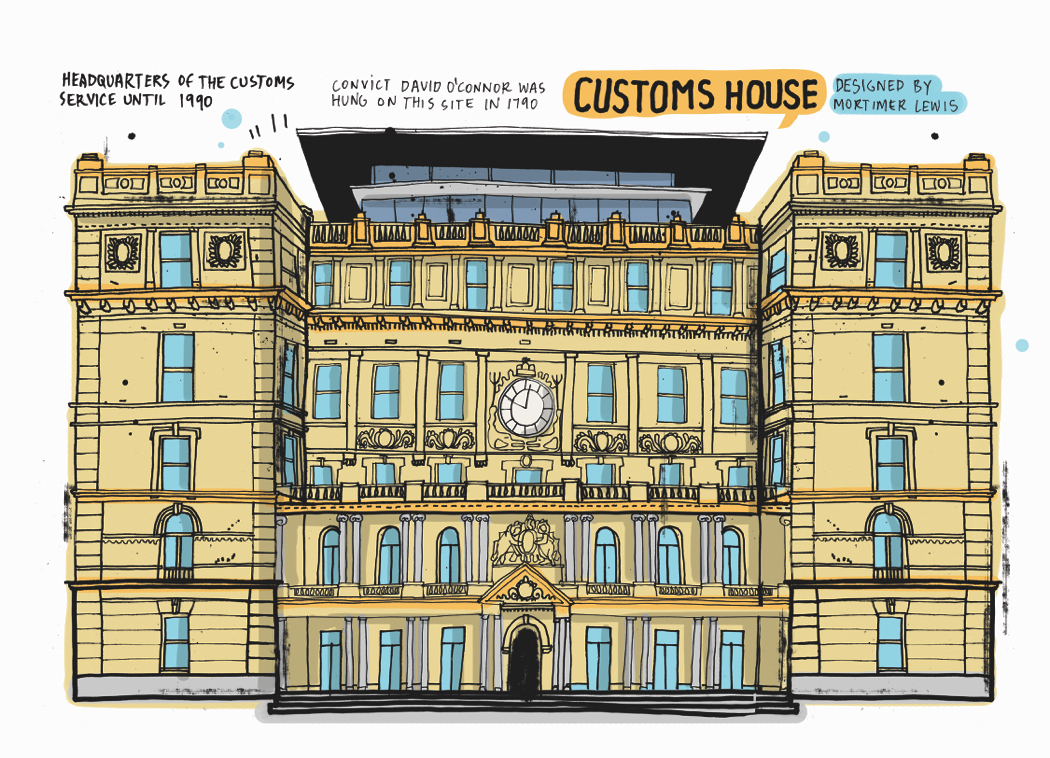
Inspired to check this out – one of my clan! – I found that David O’Connor is not included in the names of convicts hanged in 1790 and in fact his name doesn’t appear anywhere in the convict indents, as far as I can tell. The main reference to this event seems to be in Wikipedia and includes the note “citation needed”. The notes also say that his ghost haunts Customs House offering people rum, something that unfortunately never happened to me when I was working there. It appears that Hancock may have been another Wikipedia casualty. I’d like to be proved wrong on this but it doesn’t look promising.
In no way should you let that apparent discrepancy deter you from the book. Let the book start to unpeel the layers of Sydney. From colonial times to the last few decades, from city high rise to suburban terraces, from electrical substations to Garden Island cranes, Hancock’s drawings have opened up a rediscovery of the city.
His introduction concludes with an acknowledgement of the Eora people, the indigenous inhabitants of Sydney when Europeans arrived. Ironically the Eora people never revealed much of their language or culture to the Europeans. A few words from their language were recorded by William Dawes, but sadly most of their traditions and customs remain a mystery – the first and now one of the many mysteries which are part of the story of Sydney.
Blues Point Tower & Luna Park
I was amused with the last couple of pages of the book and the juxtaposition of the drawings of Harry Seidler’s Blues Point Tower and Luna Park on the opposite page. I always wondered how anyone who designed that ugly monolith sitting on the end of McMahons Point could possibly have objected to Luna Park.
I grew up with the glare and glitz of Luna Park and the ‘music’ of the Big Dipper and loved it. My mother had worked there and the father of one of my childhood friends had been Luna Park’s band leader. It was part of our culture and heritage and it was just for fun. But now Blues Point Tower has been there for over 50 years and like the subjects of all the drawings, is well and truly part of the story.
Check out James Gulliver Hancock’s blog at www.allthebuildingsinsydney.com.au You can even commission James to do a drawing of your own house.
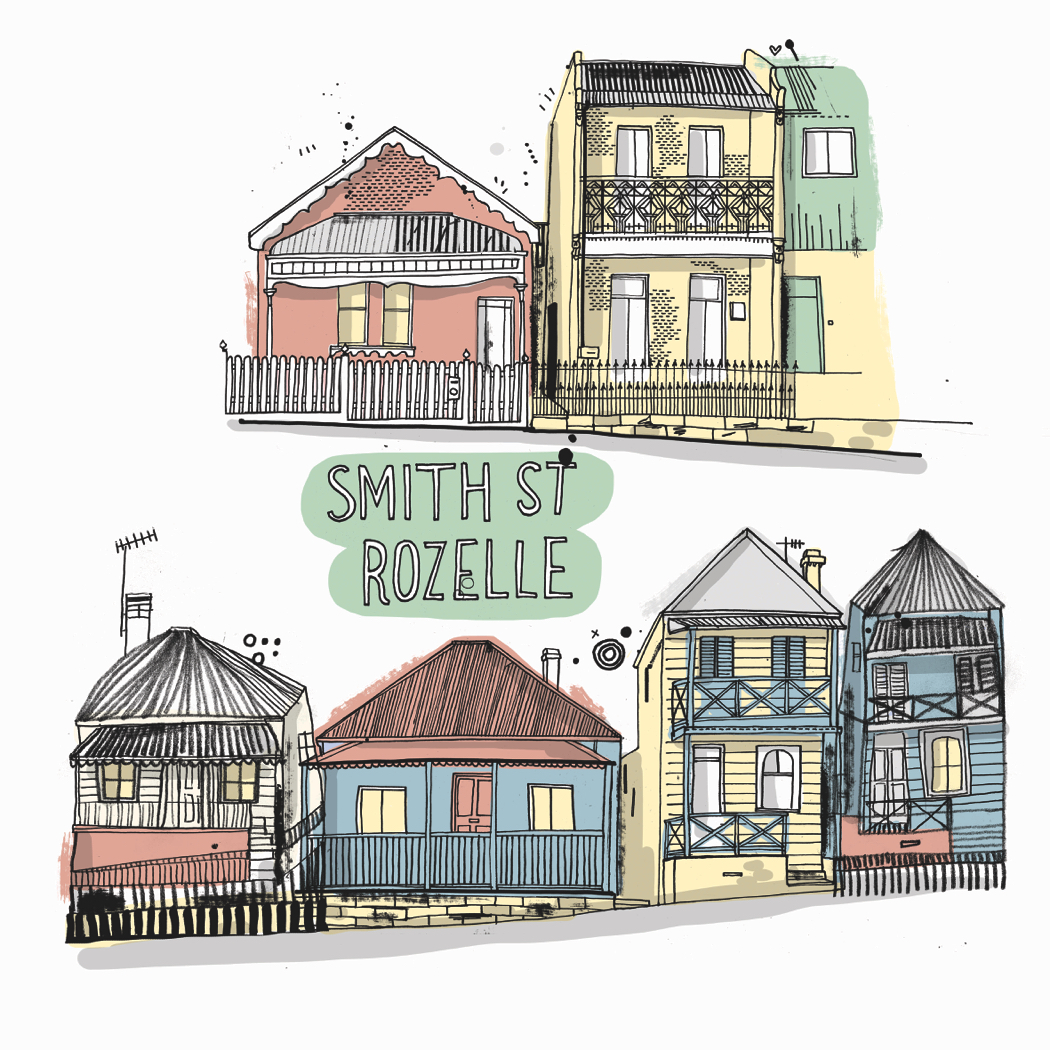
Images from All the Buildings* in Sydney reprinted with permission of Hardie Grant Books.
Buy your copy of All the Buildings* in Sydney from Book Depository now, with free delivery worldwide.
You might also be interested in our review of Scott Bevan’s book, The Harbour, with its wonderful stories centred around Sydney Harbour.

